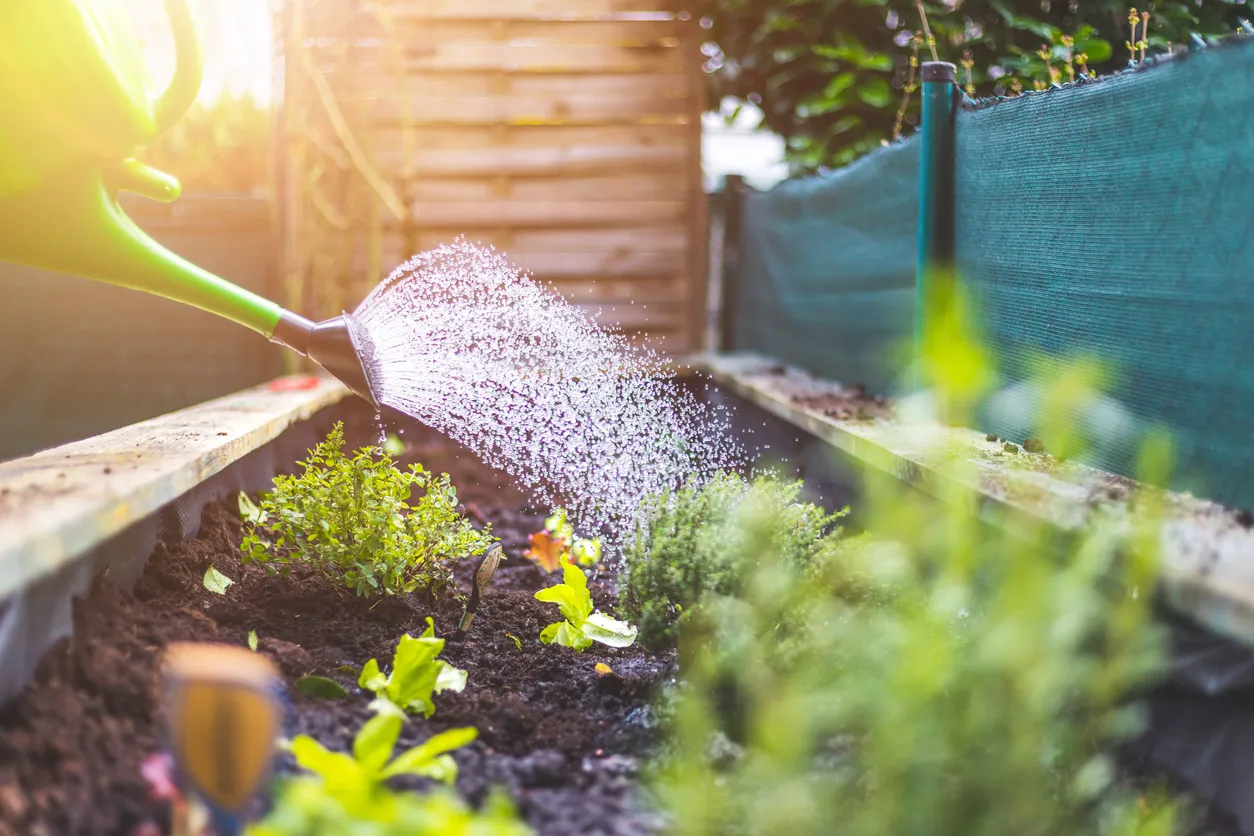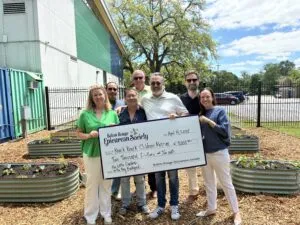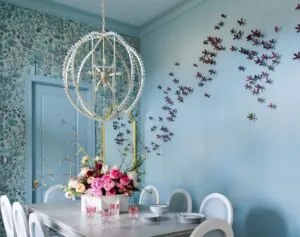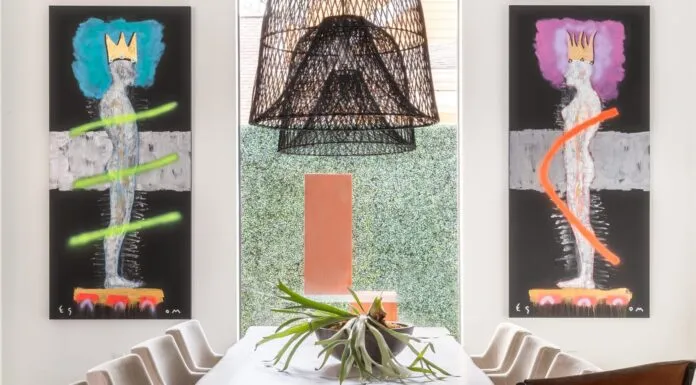The beginner’s guide to building a kitchen garden
If you have ever tried a garden-fresh veggie, it’s easy to discern the difference in flavor, color and appearance compared to its store-bought counterpart. Sure, growing your own herbs and vegetables does take time and effort, but the work is worth the wait, especially for the buds, greens and colors we use so often in our cooking—think things like basil, lettuce, peppers and all their delicious relatives.
To learn how to build our own kitchen garden, we spoke to horticulturalist Heather Kirk-Ballard with the LSU AgCenter for her take on what we need to start growing our own produce.
First, the basics: “It’s essential that the beds get a minimum of 6 to 8 hours of sunlight for good vegetable production,” says Kirk-Ballard. “Make sure you have a water source nearby. Make sure you are planting what is in season. For the summertime, that’s corn, tomatoes, peppers, okra, beans of all types, etc. Herbs prefer well-drained soil, so make sure you’ve got a good medium that contains a mixture of pine bark fines, sand and organic matter. Be sure to fertilize with a liquid fertilizer every 7 to 14 days, or you can use a slow-release vegetable fertilizer. Follow the label for application recommendations.”
The next step to making your home garden a reality is building a raised garden bed to help maintain your plants in the easiest way possible.
“A good raised bed has a minimum of 6 inches of soil or a soilless medium,” explains Kirk-Ballard. “A depth of 8 to 12 inches is better. Wooden 2 x 4’s, 2 x 8’s, 2 x 10’s or 2 x 12’s are often used for construction, but you can also use materials like cinderblocks. It depends on the style you like—big galvanized watering troughs have been popular recently. There are also soil calculators all over the internet you can use to calculate the amount of soil you need.”
Next, Kirk-Ballard breaks down how to choose the right kind of soil.
“Use a raised bed mix: something that has good drainage and has a composition of pine bark fines, sand and organic matter,” she says. “Clegg’s and Louisiana Nursery carry Garden Greaux and Tiger Greaux media, and it’s probably a good idea to incorporate some good compost. Clegg’s also sells a raised bed mix in bulk that can be delivered to your home. Just remember that you don’t want to use potting soil—that kind of soil is designed to hold water to prevent containers from drying out too quickly.”
Now that your raised bed is built and filled with soil, how do you arrange your plants? It may not be as difficult as you would think.
“Keep vining plants to the outer portion of the bed, and use trellises,” says Kirk-Ballard. “Everything else can be planted together. Be sure to space according to the plant, whose details are usually listed on the tags in the transplant six-packs and seed packets you purchase at garden center. Keep in mind that you need to plant at least a season ahead of harvest. Cold season plants like broccoli, leafy greens and cauliflower, for example, have to be planted in the fall.”
And the age-old concern: how should you keep pests away from the beautiful veggies and herbs you have spent so much time cultivating?
“Healthy plants are the best defense against pests and disease, says Kirk-Ballard. “There are lots of organic pesticides that can be used in vegetable gardens, though scouting often is important because once pests get out of control, they are almost impossible to get rid of. A well-drained soil will help reduce the likelihood of disease, as many of our plant diseases are fungal pathogens.”
Finally, like most things, the key is to keep your garden well-maintained—but don’t forget to enlist a little help from friends in the natural world, too.
“A productive vegetable garden should be checked often,” says Kirk-Ballard. “Check for insects or lack of pollinators, but also try planting flowers nearby to draw pollinators in. I love zinnias for this purpose, and you can also cut them for displaying in your home.”
More into flowers than veggies? Read Heather Kirk-Ballard’s tips on growing azaleas in this story from a previous edition of inRegister@Home. And get all the ins and outs of gardening in south Louisiana on the LSU AgCenter’s website.












